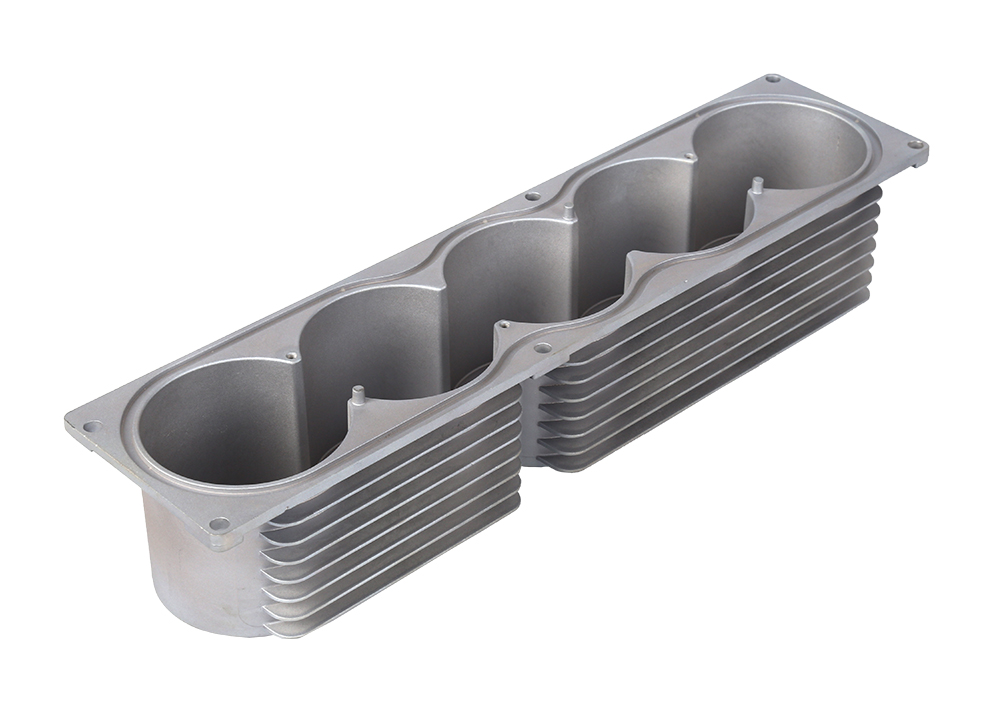Time:2022-11-07 Preview:
Tool wear includes the following two forms:
1. Wear due to mechanical action, such as chipping or abrasive wear;
2. Wear due to heat and chemical action, such as adhesion, diffusion, corrosion and other wear, as well as breakage, thermal fatigue, thermal cracking, etc. caused by softening and melting of the cutting edge.

Especially when cutting difficult-to-machine materials, the above-mentioned tool wear occurs in a short period of time, because there are many factors that promote tool wear in the material to be processed. For example, most difficult-to-machine materials have the characteristics of low thermal conductivity, and the heat generated during cutting is difficult to diffuse, resulting in high temperature of the tool tip, and the cutting edge is greatly affected by heat.
As a result of this influence, the bonding strength of the tool material binder will decrease at high temperature, and the particles such as wc (tungsten carbide) will be easily separated, thereby accelerating the tool wear. In addition, some components of the difficult-to-machine material and some components of the tool material react under high temperature cutting conditions, and appear to be separated out, fall off, or generate other compounds, which will accelerate the formation of tool wear such as chipping.
 Related News
Related News·Characteristics of high-speed machining centers ·The structure and characteristics of CNC processing ·Advantages and daily maintenance matters of automatic lathe processing ·The overall requirements and processes of precision hardware processing cylindrical surface appearan ·CNC parts processing process process process is excessively decentralized ·What are the main factors affecting the quality of metal powder spraying ·What are the four key points to pay attention to when using a horizontal machining center? ·How to deal with the defects of aluminum alloy hardware die casting? ·What are the factors that affect the processing quality of stamping hardware? · Structure and characteristics of CNC machining


